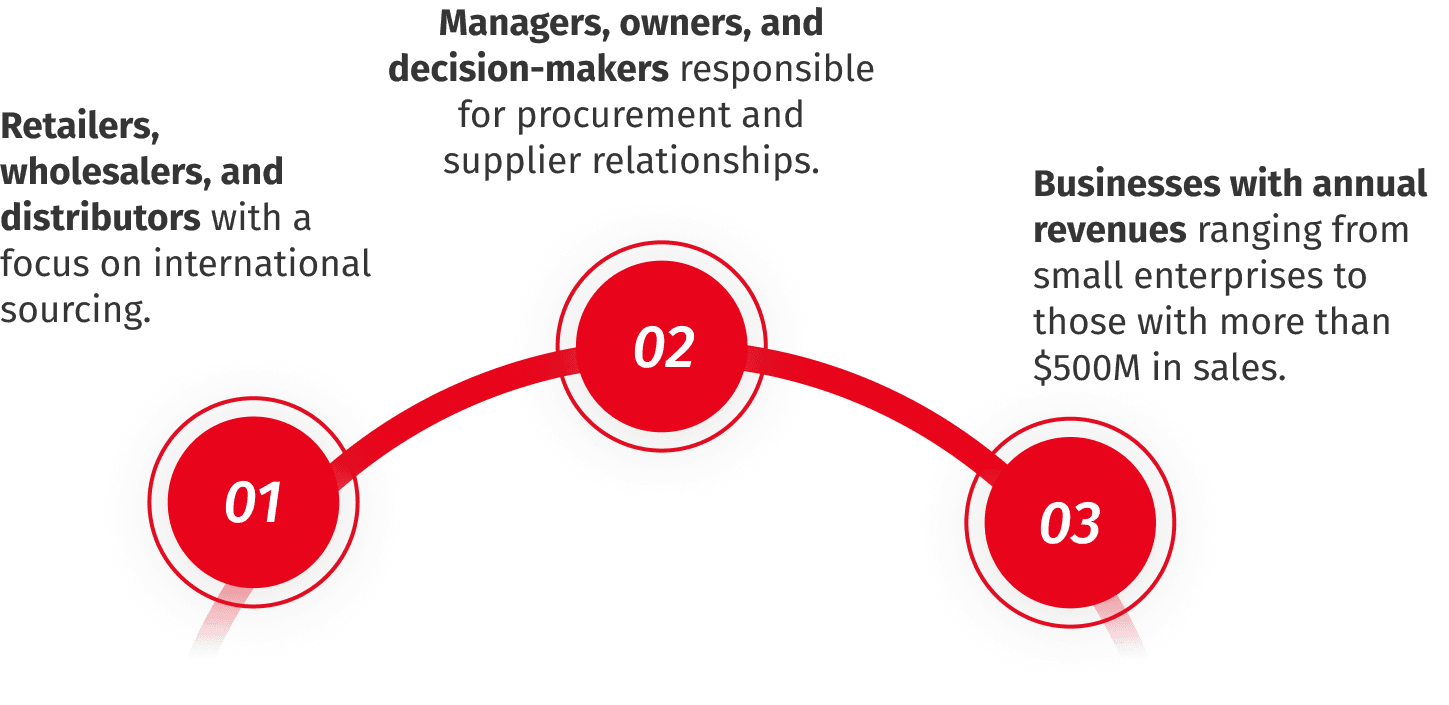
Retail & CPG
Understanding 2025 Corporate Gifting Trends for the Holiday Season


In today’s rapidly evolving retail landscape, small and medium-sized enterprises (SMEs) were increasingly turning to global suppliers to diversify their product offerings and gain access to competitive prices. Many SMEs ventured into online and cross-border e-commerce, seeking international suppliers to complement their domestic offerings. However, navigating the complexities of international procurement and e-commerce channels, managing supplier relationships, and ensuring product quality at competitive prices posed significant challenges. These challenges were further compounded by the evolving role of live selling platforms and the increasing demand for technological solutions to streamline operations.
The SME Procurement and E-commerce Solutions survey aimed to uncover the procurement practices, pain points, and unmet needs of SMEs engaged in retail and e-commerce. This study provided insights into how SMEs sourced their products, managed their suppliers, and distributed procurement costs across different channels. Additionally, it explored the challenges SMEs faced in their operations and how they perceived the value added by their suppliers and procurement platforms.
The primary objectives of this research were to:
To achieve these objectives, the research employed a quantitative approach to collect large-scale data from SMEs in the retail sector, supplemented by qualitative insights to understand deeper motivations and challenges. This comprehensive approach ensured that the findings were both broad and detailed, offering actionable insights to improve procurement practices, supplier relationships, and operational efficiency.
The study focused on SMEs operating primarily in the United States and included businesses across various industries such as electronics, sports & outdoors, home & garden, and more. The research also emphasized the use of B2B e-commerce platforms for procurement and live selling platforms to understand the growing role of digital technologies in SME retail strategies.
The methodology for this research consisted of the following key components:
1. Survey Design and Structure
The survey was structured into the following sections:
2. Sampling
The target sample for the survey consisted of 500 SMEs in the United States. The respondents were:

3. Data Analysis
4. Reporting and Insights
The final report included:
By leveraging our B2B Research Solutions, the study provided actionable insights on procurement decisions, supplier relationship management, and overall business strategy. The comprehensive approach helped businesses understand their position in the global supply chain, improve their procurement channels, and position themselves for success in the evolving e-commerce and live selling landscape